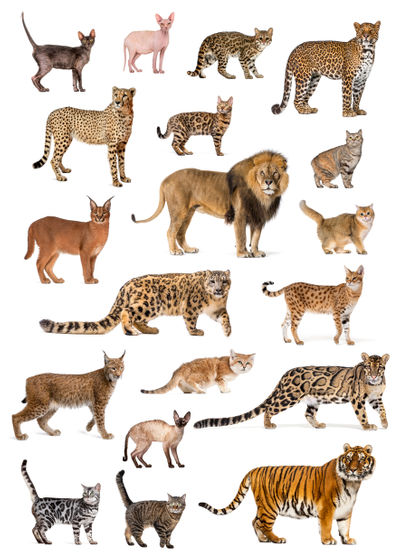'The conservation paradox': Many invasive species are at risk of extinction in their native habitats

The issue of invasive species, introduced by humans or other sources, having a significant negative impact on native species living in the area, has been a topic of discussion for many years. On the other hand, some invasive species are said to be in danger of extinction in their original habitats. Experts explain which invasive species are on the verge of extinction and whether invasive species, which are few in number, should actually be eradicated.
The Society for Conservation Biology
A nature conservation paradox: Invasive species are often threatened in their native habitat
https://phys.org/news/2024-12-nature-paradox-invasive-species-threatened.html
While some invasive species are safe in their native habitats, others are on the brink of extinction, says Carlo Rondinini, a zoologist at Sapienza University of Rome and a member of the IUCN Red List committee for threatened species .
There are 242 invasive mammal species identified worldwide, of which 36, or about 15%, are on the brink of extinction in their native habitats. Mammals that are both invasive and endangered are found in eight orders, with the most common being the Artiodactyla, followed by Primates. At the family level, the most common are the Cercopithecidae, followed by Bovidae and Cervidae. Of the 36 species, six are in the IUCN Red List category of Critically Endangered , nine are in the category of Threatened , and 21 are in Vulnerable .
Invasive species are one of the main causes of the decline of species worldwide, and it is believed that invasive species are responsible for 60% of species that have become extinct around the world in recent decades. In general, it is necessary to take measures to prevent invasive species from increasing in number and expanding their habitats as much as possible, but when an invasive species is in danger of extinction in its native habitat, a paradox arises as to whether measures should be taken or whether the population should be protected to some extent.

Existing methods do not count non-native invasive species when assessing global extinction risk, but quantifying and taking into account native and invasive species populations changes threatened species assessments.
According to Rondinini and his colleagues, who conducted a study to quantify how many invasive species are at risk of extinction, eight of the 36 threatened species have changed category: two went from Critically Endangered to Endangered, one went from Endangered to Vulnerable, one went from Endangered to

Based on this information, Rondinini and his colleagues point out that 'exotic populations of endangered species should be included in endangered species management and conservation programs. The costs and benefits of using exotic populations for conservation can be evaluated through various frameworks that consider economic and social costs. Evaluating the feasibility of introducing exotic species into captivity helps to prevent depletion of specimens while at the same time preventing negative effects on native species. A thorough impact assessment can guide conservation efforts as needed without encouraging the invasion of exotic species.'
'If invasive species were included in the endangered species assessment, the global risk of extinction would be reduced,' said Franz Essl, one of the study's authors. 'But invasive species can also have negative effects on native species, which presents a difficult challenge: balancing conservation opportunities with risks.'
Related Posts:







